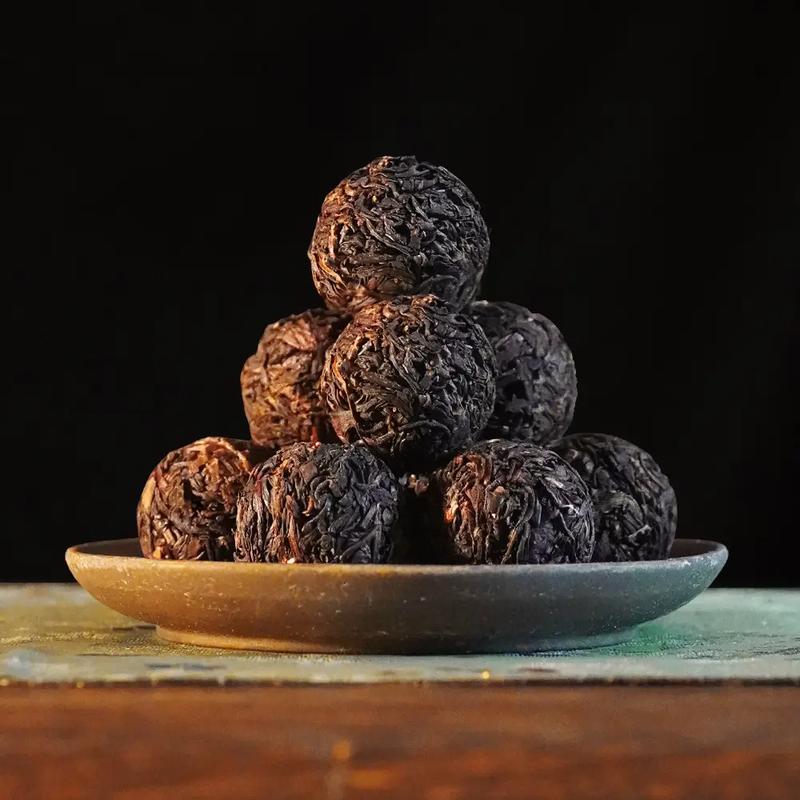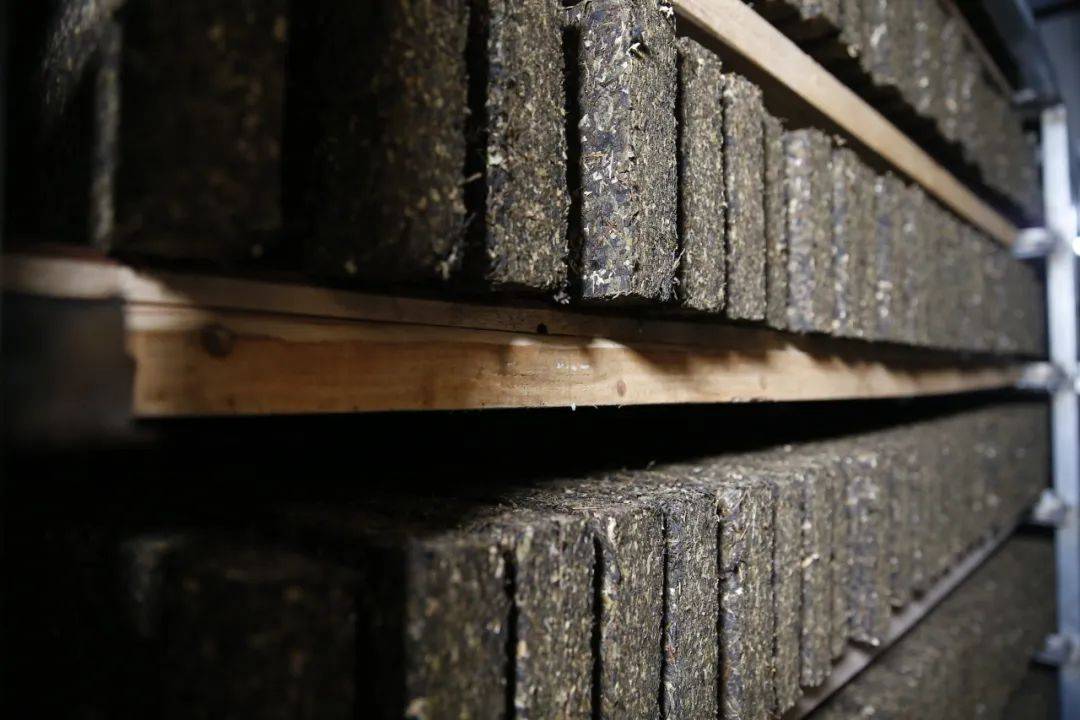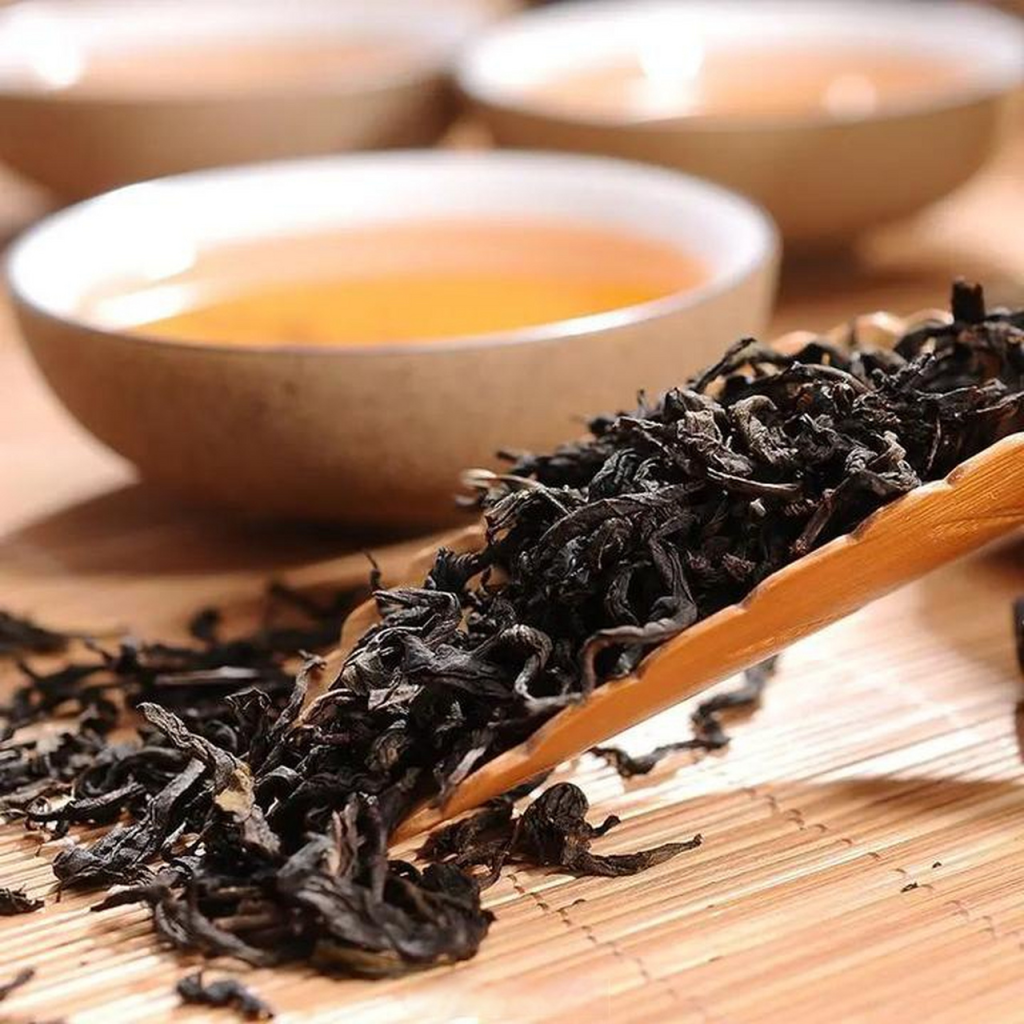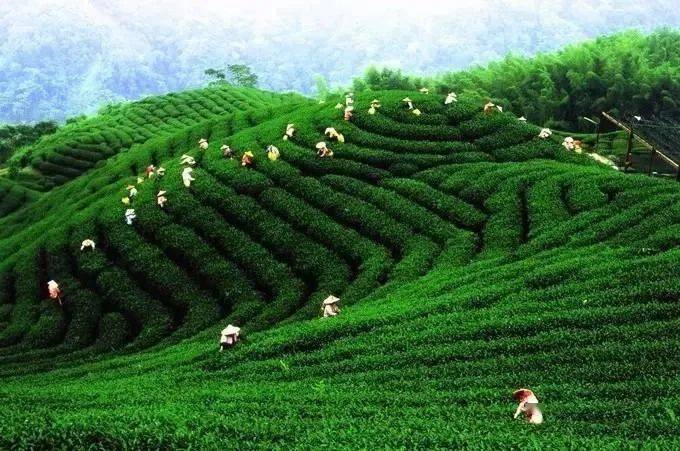Dark tea, a post-fermented tea category with origins in China, carries substantial economic weight, driven by its cultural heritage, health attributes, and aging potential. Beyond being a traditional beverage, it fuels industries, supports rural communities, and bridges cultural exchanges worldwide.

1. Global Market & Premium Pricing
Dark teas like Pu-erh from Yunnan and Anhua dark tea from Hunan command high prices due to their complexity, aging potential, and regional exclusivity. Aged Pu-erh cakes can sell for thousands of dollars at auctions, attracting collectors and investors. China’s dark tea exports, valued at over $800 million in 2022, reflect growing international demand, particularly in Southeast Asia, Europe, and North America.
2. Health & Wellness Sector
Scientific interest in dark tea’s microbial fermentation process—which enhances probiotics and antioxidants—aligns with global wellness trends. Studies linking it to digestive health, cholesterol reduction, and anti-inflammatory benefits position dark tea as a functional beverage. This “health halo” boosts sales in wellness stores and premium tea chains.
3. Cultural Tourism & Heritage
Regions like Yunnan’s Pu-erh mountains and Hunan’s Anhua leverage dark tea traditions to drive tourism. Visitors participate in tea-tasting ceremonies, explore ancient tea routes (e.g., the Tea Horse Road), and visit production workshops. Such experiences not only preserve cultural heritage but also generate income for local communities, with Yunnan’s tea tourism alone contributing over $2 billion annually.
4. Rural Development & Sustainability
Dark tea cultivation often occurs in remote, mountainous areas, providing livelihoods for smallholder farmers. Initiatives in Yunnan and Sichuan promote organic farming and fair-trade practices, enhancing sustainability. For example, Pu-erh’s “old-growth” tea trees, some over 1,000 years old, are protected for their economic and ecological value, balancing commercial interests with biodiversity conservation.
5. Aging & Investment Potential
Unlike most teas, dark tea improves with age, creating a secondary market for vintage teas. Collectors and investors trade aged cakes, driving speculative value. This unique trait extends dark tea’s economic lifecycle, from raw material to financial asset.
Conclusion
Dark tea’s economic value transcends its role as a commodity. It is a cultural artifact, a health product, and a tool for rural development. As global tastes evolve and sustainability becomes paramount, dark tea’s multifaceted appeal positions it as a resilient and growing sector in the global economy.



